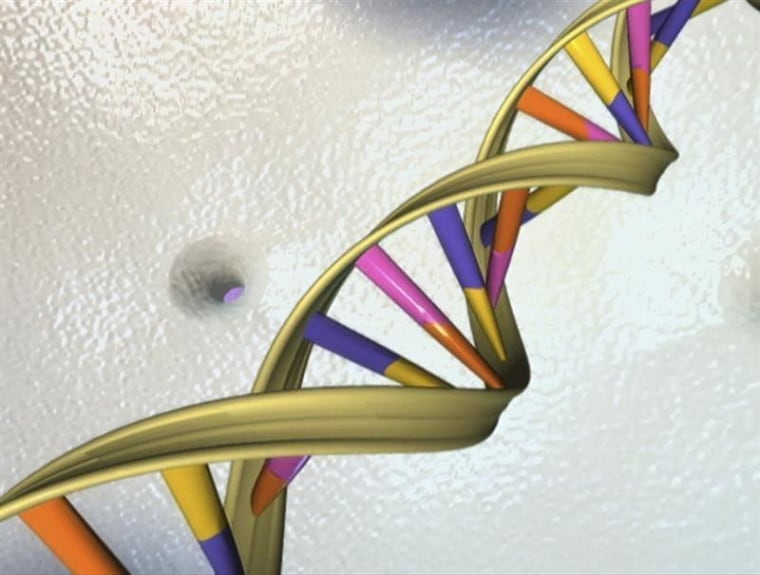LONDON — Scientists have built the clearest picture yet of how human genes are regulated in the vast array of cell types in the body — work that should help researchers target genes linked to disease.
In the journal Nature, an international consortium described how they mapped a network of switches, built into human DNA, that controls where and when genes are turned on and off. The three-year-long project, called FANTOM5 and led by the RIKEN Center for Life Science Technologies in Japan, involved more than 250 scientists across 20 countries and regions.
"Humans are complex multicellular organisms composed of at least 400 distinct cell types. This beautiful diversity of cell types allow us to see, think, hear, move and fight infection — yet all of this is encoded in the same genome," said Alistair Forrest, scientific coordinator of FANTOM5.
He explained that the difference between cell types comes down to which parts of the genome they use — for instance, brain cells use different genes than liver cells, and therefore work very differently.

The team studied the largest-ever set of cell types and tissues from humans and mice so that they could identify the location of switches within the genome that turn individual genes on or off. They also mapped where and when the switches are active in different cell types and how they interact with each other.
Although there are many years' worth of research ahead, researchers hope the FANTOM5 work will be a reference atlas to help them navigate the genome and figure out which genes are involved, and how, in diseases ranging from cancer, to diabetes, to blood diseases, to psychiatric conditions.
In one study, a Roslin Institute team used the atlas to investigate the regulation of genes required to build muscle and bone. Other researchers used the FANTOM5 atlas to produce what scientists described as a roadmap of blood cells that will help them pinpoint where and how cancerous tumors start to grow.
